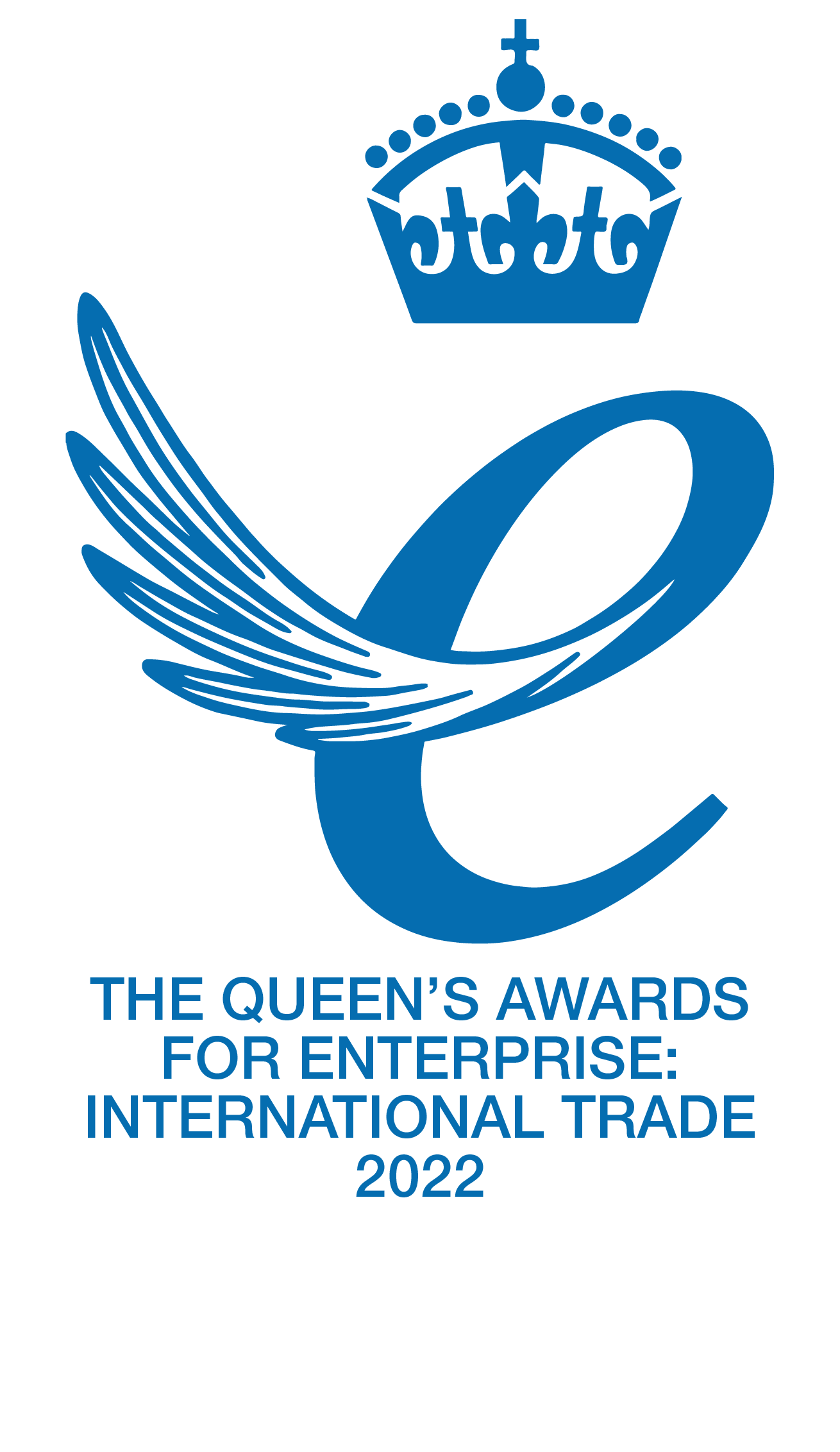Calibration is essential to maintaining the accuracy and integrity of any test and measurement equipment. But how often should it be done—every year, or once every five years? Is it a regulatory requirement or just best practice?
While many assume there’s a universal standard, calibration frequency is context-dependent. Industry standards such as ISO 17025 encourage a risk-based approach to calibration. In other words, frequency should reflect how critical the measurements are, how often the equipment is used, and the conditions in which it operates.
In this article, we break down the factors determining the right calibration interval and explain why Coltraco Ultrasonics recommends annual calibration as a standard for maintaining long-term performance and safety.
What Does ISO 17025 Say About Calibration Frequency?
ISO 17025 is the international standard for the competence of testing and calibration laboratories. It does not mandate a fixed calibration interval. Instead, it requires organisations to assess and justify the frequency of calibration based on:
- Measurement risk
- Equipment usage
- Environmental conditions
- Manufacturer recommendations
While annual calibration is often suitable for most equipment, specific high-risk applications, such as medical devices, aerospace systems, or critical infrastructure monitoring, may require recalibration every three or six months to ensure compliance and safety.
In low-risk environments, where measurement accuracy has minimal impact, longer intervals may be acceptable, provided the decision is supported by evidence and monitoring.
Is There a One-Size-Fits-All Calibration Schedule?
The idea that all equipment should be calibrated annually is a misconception. Here’s why:
- Rolls-Royce calibrates its Trent XWB engine test cells every three months.
- Gas industry regulators may advise six-month calibrations for gas detectors, especially in confined spaces.
- A high-precision thermometer in pharmaceutical research will need more frequent calibration than a basic voltmeter used in a personal workshop.
The difference lies in the consequence of inaccuracy. Some applications require meticulous precision to avoid safety issues, financial loss, or regulatory non-compliance. Others may tolerate wider margins of error without operational risk.
This is why ISO 17025 insists on a tailored approach.
What Factors Influence Calibration Frequency?
Several key variables must be considered when determining how often to calibrate your equipment:
1. Equipment Specifications
Every instrument has design tolerances. Check the manufacturer’s documentation for baseline accuracy and recommended calibration intervals.
2. Measurement Uncertainty
If your application demands precise readings with minimal deviation, frequent calibration ensures your data remains within those critical thresholds.
3. Usage Intensity
Instruments used daily in harsh environments will degrade faster than equipment stored and used occasionally. High usage typically requires shorter intervals between calibrations.
4. Environmental Conditions
Exposure to dust, temperature fluctuations, moisture, and vibration can accelerate drift. Instruments in these conditions should be monitored more closely and recalibrated more frequently.
5. Consequences of Inaccuracy
The greater the potential cost, liability, or safety hazard resulting from incorrect measurements, the shorter your calibration cycle should be.
Are 5-Year Calibration Certificates a Safe Option?
Some equipment providers offer extended calibration certificates for up to five years. While this may appear cost-effective, it poses significant risks. At Coltraco Ultrasonics, we recommend annual calibration to uphold equipment integrity and user safety.
Our stance aligns with guidance from globally recognised authorities, including:
- UKAS (United Kingdom Accreditation Service)
- NIST (National Institute of Standards and Technology)
- UL (Underwriters Laboratories)
These bodies advocate for annual calibration to ensure that specialised equipment meets accuracy standards throughout its operational life. Skipping this can lead to performance degradation and potential safety failures.
How Do You Choose the Right Calibration Schedule?
There is no universal rule, but there is a right approach:
- Critical industries such as aerospace, healthcare, and pharmaceuticals should consider recalibrating key instruments every three to six months.
- Moderate-risk environments may find annual calibration sufficient.
- Low-risk, infrequently used tools might stretch intervals further, but only with proper monitoring.
The key is to document your calibration policy, support it with data, and revise it as your operational conditions change.
Trust Coltraco for Expert Calibration Support
When you choose Coltraco Ultrasonics, you gain more than precision-engineered equipment; you access a network of service, calibration, and technical expertise built around your needs.
Through our Coltraco Customer Care Commitment, we offer:
- Lifetime support for all instruments
- Access to ODA Service Centres across the globe
- In-house enhancements and diagnostics during calibration
- Alignment with ISO 17025, UKAS, and other international quality standards
Whether you’re operating in a high-risk sector or simply want to uphold the highest standards of measurement accuracy, our team is here to help.
Ready to Schedule Your Calibration?
Contact our calibration specialists today to maintain measurement reliability and meet global safety expectations.






